Story Highlight
– 6% of external insulation installations have issues.
– 2% of internal insulation installations present risks.
– Problems include poor ventilation causing carbon monoxide poisoning.
– Electrical safety issues may lead to fires.
– Immediate health and safety risks identified.
Full Story
A recent assessment of insulation installations has revealed concerning statistics regarding safety risks associated with both external and internal applications. Among the various installations evaluated, it appears that a small minority are linked to potential hazards that could pose significant health and safety threats.
Specifically, 6% of external insulation installations have been flagged for issues that could adversely affect occupant safety. In the case of internal insulation, this figure is slightly lower, with 2% encountering similar problems. Among the identified risks are inadequate ventilation systems, which could contribute to the dangerous accumulation of carbon monoxide, a silent but lethal gas. Additionally, there are concerns related to electrical safety, a critical factor that could result in fire outbreaks if not properly managed.
The implications of these findings extend beyond the mere statistics, hinting at a broader concern regarding building safety standards. Experts have underscored the importance of addressing these issues swiftly to ensure the well-being of individuals residing in properties that have undergone insulation work. Failure to rectify these risks could not only jeopardise health but might also lead to legal implications for property owners and contractors alike.
In light of these revelations, it is vital for both homeowners and building professionals to remain vigilant. Regular inspections and rigorous adherence to safety protocols can mitigate the risks identified. “Insulation is crucial for energy efficiency and comfort in our homes, but it needs to be done safely,” remarked industry specialist Dr. Sarah Thompson. She further highlighted that while insulation has many benefits, neglecting associated safety concerns can turn those benefits into liabilities.
Additional perspectives from local authorities underscore the necessity of raising awareness about the potential hazards. Councils across various regions are urged to take proactive measures, ensuring that all insulation installations comply with established safety regulations. This is particularly pertinent in older homes, where installation practices may not meet current safety standards.
Moreover, the awareness of these risks plays a critical role in community safety. Residents are encouraged to educate themselves on the types of insulation present in their homes, as well as the indicators of unsafe installations, such as unusual indoor odours or electrical irregularities. Engaging with professionals for thorough assessments can prevent minor issues from escalating into serious hazards.
The effect of poor ventilation on indoor air quality, notable in the context of carbon monoxide poisoning, cannot be overstated. Even a slight change in air circulation can have severe consequences, raising alarms amongst health and safety officials. In fact, the Health and Safety Executive has previously issued warnings about the risks associated with poor indoor air quality, particularly in tightly sealed, insulated buildings.
As the dialogue surrounding insulation safety continues to unfold, stakeholders from various sectors are being prompted to collaborate more effectively. Building experts are calling for comprehensive training and certification programs for installers to ensure that best practices are consistently followed. “Certification not only assures homeowners of quality work but also promotes safety standards, which ultimately benefits everyone,” stated construction safety advocate Richard Allen.
The intersection of insulation and safety is an evolving subject that merits ongoing attention. Local governments, safety regulators, and the construction industry must work together to reinforce the message that while insulation provides essential benefits, it must not come at the cost of safety. Regular reviews of installation practices alongside stringent regulatory frameworks are imperative to safeguard public health.
In conclusion, the potential health risks associated with insulation installations, while statistically small, highlight a significant concern that demands immediate action. By enhancing safety awareness, promoting responsible installation practices, and engaging in preventative measures, there is a path toward safer homes equipped with effective insulation. Only through collective efforts can communities ensure that energy efficiency does not compromise safety.





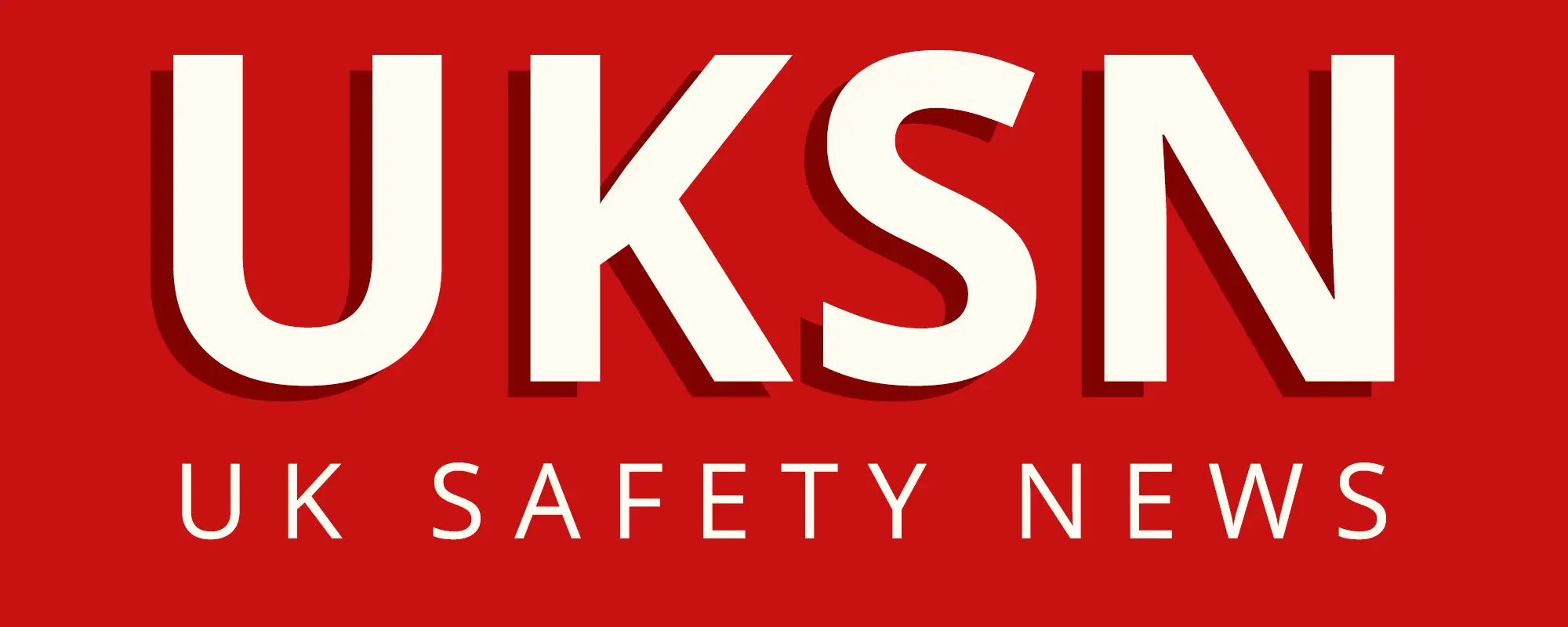



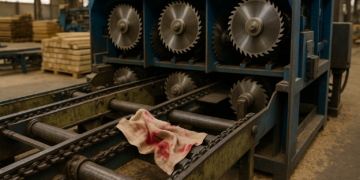

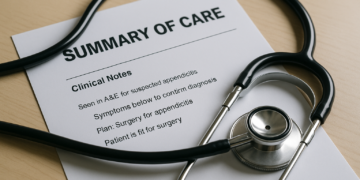


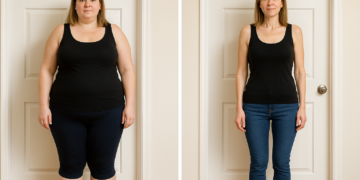


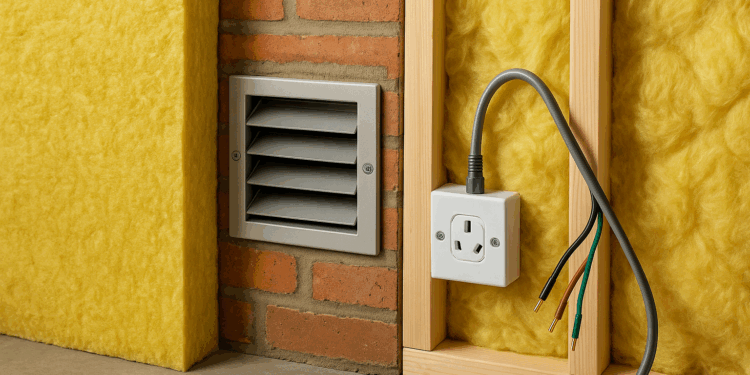



This is a timely warning. Insulation work that ignores ventilation and electrical safety creates real risks of carbon monoxide exposure and fire. Those responsible for installations and inspections need to check ventilation routes, maintain safe distances from flues and appliances, and ensure wiring and junctions are not compromised when adding or retrofitting insulation. Local authorities and housing managers should prioritise targeted inspections in older properties, support access to qualified assessors, and run clear guidance campaigns for landlords and homeowners. Prompt remedial action where deficiencies are found will protect health and reduce the likelihood of serious incidents.
This is a timely warning. Insulation plays a crucial role in reducing energy use and costs but must not compromise occupant safety. The reported ventilation issues raise real concerns about combustion appliance safety and carbon monoxide risk. Electrical problems that could lead to fires are equally serious. Local authorities and installers should prioritise inspections, clear guidance and enforcement, particularly in older properties where retrofit work can create unforeseen hazards. Householders should seek competent professional assessments and ensure that ventilation and electrical systems are checked whenever insulation work is carried out. Collective vigilance will be key to protecting people while improving energy efficiency.
This highlights a real and immediate risk that needs practical action. Insulation work must be planned and installed so ventilation is maintained and electrical installations are checked and protected. Local authorities, contractors and householders all have roles to play: inspections and clear guidance before and after retrofit, prompt remediation of unsafe works, and ensuring only competent installers carry out complex jobs. Prioritise older properties for surveys, and treat energy efficiency and safety as inseparable objectives.